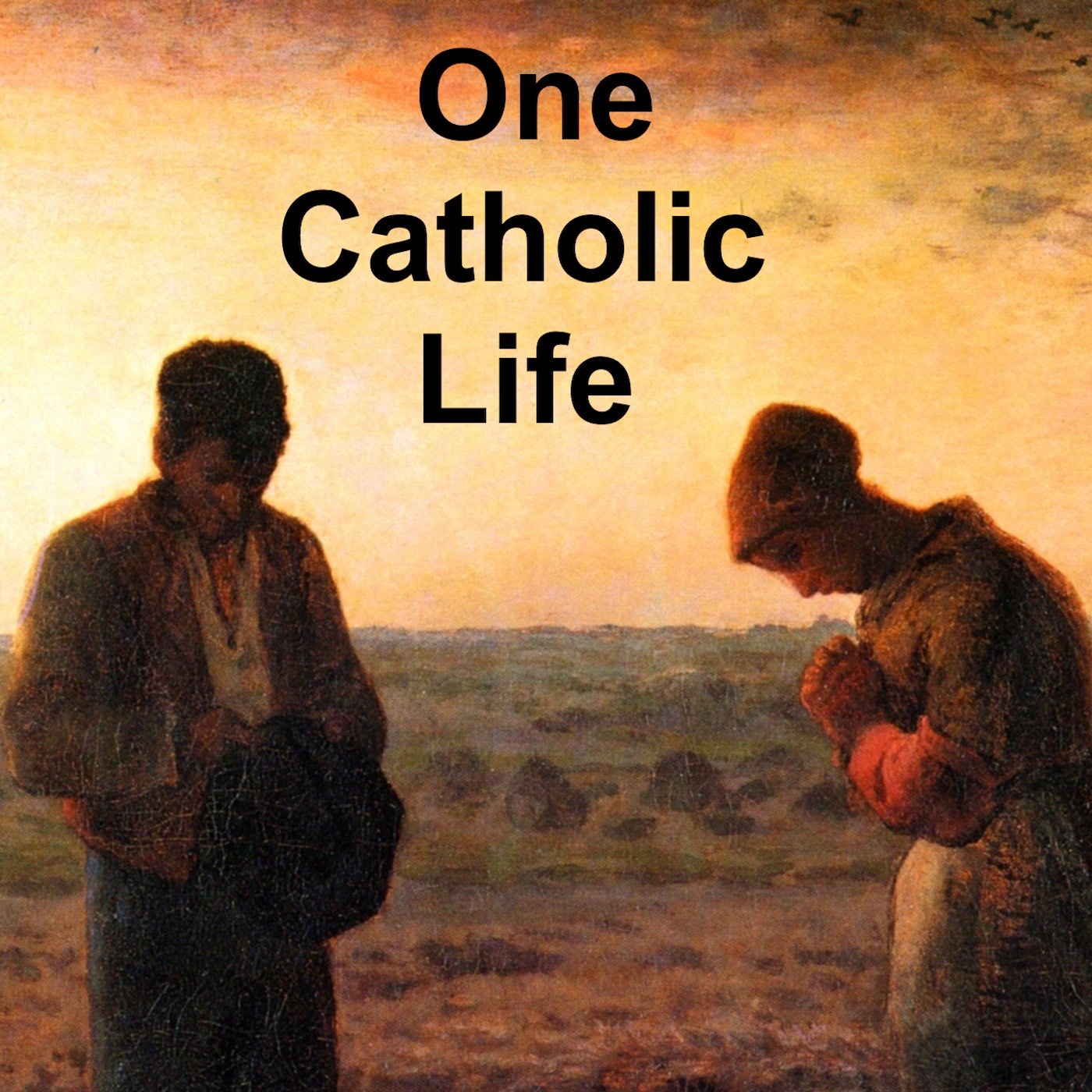An Icon of the Holy Trinity – Homily for Trinity Sunday Year C
Description
Not long ago we celebrated the Ascension,
and this was the first year we could celebrate that feast
with the beautiful icon of the Ascension greeting us
as we walked into the Church.
On this Solemnity of the Holy Trinity
I am reminded of another icon,
perhaps the most famous icon of them all,
the icon of the Holy Trinity by Andrei Rublev.
Rublev painted, or wrote, this icon in 1425
for the church of St. Sergius near Moscow, Russia,
and it’s regarded as one of the highest achievements of Russian art.
But more than that, it speaks to the heart about the Holy Trinity.
Icons are windows to the divine
that speak to the heart,
rather than to the head.
Lately I’ve been reading the book Contemplating the Trinity,
by Fr. Raniero Cantalamessa.
Fr. Cantalamessa has been the preacher to the papal household
for more than thirty-five years.
It has been his job to preach Advent and Lenten meditations
to the last three popes.
His book Contemplating the Trinity is a collection
of some of these meditations,
and he begins by speaking about Rublev’s icon of the Holy Trinity.
He writes,
“Lengthy contemplation of this icon can yield more insight into the Trinity
than reading whole treatises on it.”*
If I had a copy of the icon to give to each one of you
I would simply hand it out
and invite you to contemplate it for the next few minutes,
rather than listen to me.
Alas, all I have is this rather small reproduction to hold up as I speak.
But I will share with you what I’ve learned so far about this icon
and what it has to say to us about the Holy Trinity,
and maybe you can take the time to look it up online this week
and contemplate it.
First of all, though it’s called the Holy Trinity,
what it actually depicts is a scene from the book of Genesis
in which three angels appear to Abraham by the Oaks of Mamre.
However, many early Christians saw these three angels
as a prefiguring of the Trinity
and that is how Rublev chooses to portray them in this icon.
The icon beautifully expresses the dogma of the Trinity,
that God is one in three persons, Father, Son and Holy Spirit.
The figures in the icon resemble each other very closely,
and yet they are distinct.
The icon is composed as a circle,
emphasizing the unity of the three persons.
“All three are wearing blue garments
as a sign of the divine nature they have in common.”
But they each also have another garment on of a different color.
The Father, represented by the angel on the left,
wears a garment of almost pure light.
The Son in the center wears a dark garment
“as a sign of the humanity with which he has clothed himself.”
The Holy Spirit on the right wears green,
since he is “the one who gives life.”
But Fr. Cantalamessa points out one thing
that is especially striking in contemplating the icon, and that is
“the profound peace and unity that emanate from” it.
He says, “A silent cry comes forth from the icon:
‘Be one as we are one.’”
“Be one as we are one.”
That is the message of this Solemnity of the Holy Trinity.
It is a reminder that the Father, the Son and Spirit are one.
And it is a reminder that we are to be one as they are one.
The unity of the Holy Trinity is what the world desperately needs today.
Because we are not one.
More Episodes
We are given very powerful readings today,
powerful individually and powerful collectively.
And at the heart of them all is a line by St. Paul
in his letter to the Romans:
“…be transformed by the renewal of your mind,
that you may discern what is the will of God,
what is good and pleasing...
Published 09/04/23
Published 09/04/23
It’s a sad fact of history
that the largest religious community
that ever lived together in the same place
in the history of the Catholic Church
was at the Dachau concentration camp in Germany during World War II.
Over 2,500 Catholic priests became prisoners in Dachau,
in Cellblock 26,...
Published 02/13/23


